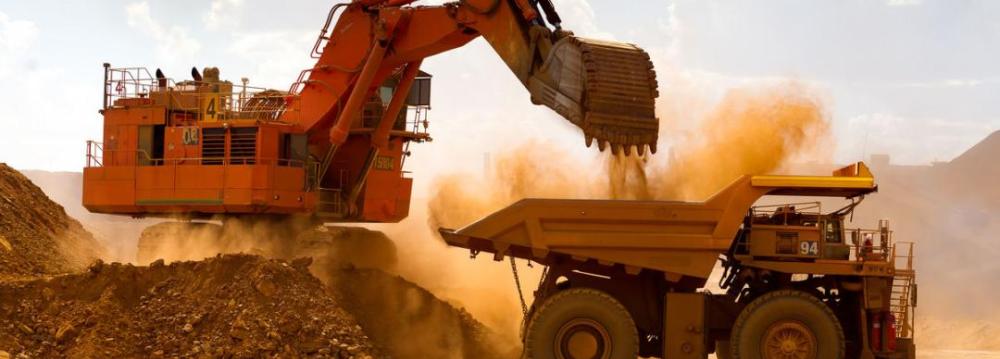Iran is still dependent on imports to fill in the supply deficit of some key metals, but industry experts are hopeful that the country’s rich reserves offer opportunities for new discoveries and investment.
A 2012 report by 24/7 Wall Street ranks Iran fifth globally in terms of the total value of all its resources. Excluding oil and gas reserves would still leave Iran at the top of resource-rich countries in the Middle East, particularly in metals. The A-Z of the country’s proven metal reserves range from Arsenic to Vermiculite.
However, exploration of the country’s actual reserves as well as the appropriate investment to expand output remain unsatisfying to industry experts, Eghtesad News reported.
“Iranian Mines & Mining Industries Development & Renovation and the Geological Survey of Iran, the state-owned companies in charge of soil exploration works, have only accurately mapped 7% of the country’s surface,” Farshid Soltanzadeh, expert in metal markets, said.
However, Soltanzadeh is optimistic that this means the road is still open to substantial discoveries in future.
In fact, only the copper and iron ore industries have taken on global dimensions in recent years on the back of large discoveries and state-directed investment in the sector.
In 2010, the export of copper products earned Iran $730 million. Western sanctions cut this figure to $280 million in 2014.
Iran still imports $38 million of copper products that cannot be produced inside the country. Since proven copper reserves constitute 9% of global reserves, the removal of sanctions could give a huge impetus to excavation and exports.
The country also has 4.5 billion tons of proven iron ore reserves. Again, the country’s share of global production lags behind its rank in global reserves, pointing to the possibility of higher output once the political and logistic obstacles created by sanctions are removed.
In recent years, the expansion of steel industry to 15 million tons yearly has caused a large proportion of iron ore to be processed domestically.
Lower domestic demand, caused by sanctions, reduced oil revenues and a private construction slump, has combined with growing output to reduce the steel industry’s supply deficit to its lowest level in years.
Soltanzadeh estimates the deficit, mostly compensated through imports, at 10 million tons. Consequently, steel imports fell from $6.5 billion in 2011 to $2.84 billion in the last Iranian year (ended March 20, 2015).
Nevertheless, several key metals need to be imported even though their domestic production levels could be stepped up following capital injections. All of the six most-imported metals are also produced inside the country, but not enough to supply demand (see graph).
Soltanzadeh believes that these imports cost the country $445 million every year, a figure that could easily be saved if exploration and investment in domestic potential are increased.
Additionally, while metal prices have fallen significantly from their 2011 peak, they are not low by historical standards (see chart).
Hence, while private investors might long for the days when metal prices reached record highs and be reluctant to invest now, the government should interpret high prices as an appropriate incentive to step up exploration and investment.
Additionally, the upcoming lifting of sanctions will increase foreign interest in the metal sector, despite the realization that new projects might not be as profitable as elsewhere in the current falling-price, high-competitive climate. At the very least, further exploration of Iran’s soil will provide a better picture about what the real potential of the metal industry holds.


